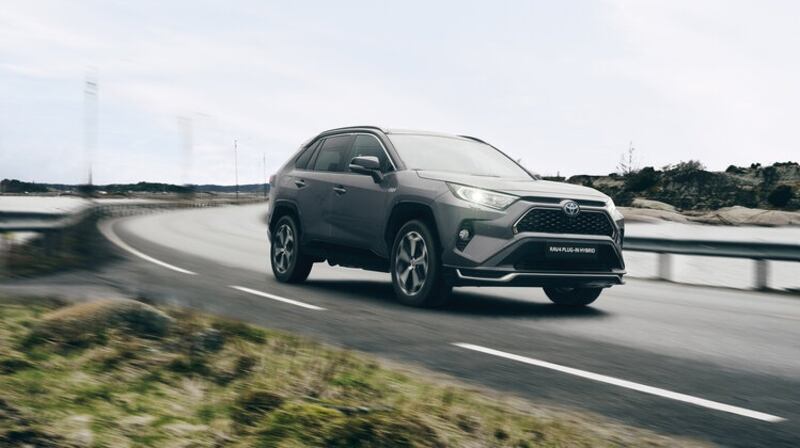Toyota may be late to the party but the Japanese car brand reckons it's got the models to challenge for the lead.
First up is the new Yaris Cross, joining a fleet of baby crossovers that now account for 12.1 per cent of the new car market and predicted to rise to 16 per cent next year. Based on the award-winning Yaris, this Cross stands noticeably taller than the supermini, taking styling cues from the larger RAV4 crossover.
Positioned below the C-HR in the Toyota crossover range, the Yaris Cross is only offered as hybrid in keeping with the car maker’s overall market strategy.
The front-wheel drive crossover is powered by Toyota’s 1.5-litre 116bhp petrol engine hybrid set-up, with emissions of 101g/km and a claimed fuel economy figure of 4.5 l/100km.
Pricing
Available from the end of October, prices start at €27,260, which is higher than most of its mainstream rivals, but Toyota points to the fact that those lower-priced entry models from rivals are not hybrids, nor are they automatic.
An all-wheel drive option will be offered in the highest of the four grades priced from €36,770, but Toyota says the big seller is expected to be the mid-grade Luna Sport, priced at €29,500.
While the wheelbase is the same as the Yaris supermini, the Cross is 240mm longer, 20mm wider and 90mm higher. Bootspace is increased by 40 per cent on the Yaris, to 397 litres.
Plug-in hybrid
Also arriving this autumn is a plug-in hybrid verison of the Rav4. After years of dismissing plug-in hybrids, the Japanese brand is now on board with the format and even calling on the Government to retain the €2,500 grant for plug-ins.
The new addition to the Rav4 range promises all-electric driving from the battery for 75km, and claims that in city driving that can rise to over 90km. Both of those figures pitch it ahead of plug-in hybrid rivals, both in the mainstream and premium end of the market.

Fitted with a 18kw/h battery pack - the biggest in its class - powering electric motors and married to Toyota’s 2.5-litre petrol engine, its combined output of 306hp is greater than many rivals on the market. It’s also one of the quicker plug-in crossovers out there, delivering a 0-100km/h time of 6 seconds. All this with an official fuel economy figure of 1 L/100km.
To accommodate the larger battery pack bootspace is reduced by 60 litres to 500 litres, but that’s still competitive in this class, even with non-plug-in rivals.
The Japanese car maker claims this all-wheel drive SUV is the ideal family crossover to run as electric all week and then as a hybrid on weekends for longer journeys away from home. Available in two grades, prices start from €48,275 after grants, rising to €49,390 for the higher spec Sport version.
Camry facelift
Finally, and perhaps lost in all this crossover craze, is a revamp of the Camry range. The popular saloon has received the mildest of mid-life facelifts, but the real news is the extra equipment on board.
Answering critics who pointed to the lack of Apple CarPlay, the system is now standard, along with a new 9-inch touchscreen. Combined with other tweaks to the equipment list, Toyota claims to have added the equivalent of €3,000 extra specification to the top-end Plantium version, while the price has gone up €1,305 to €44,935.














